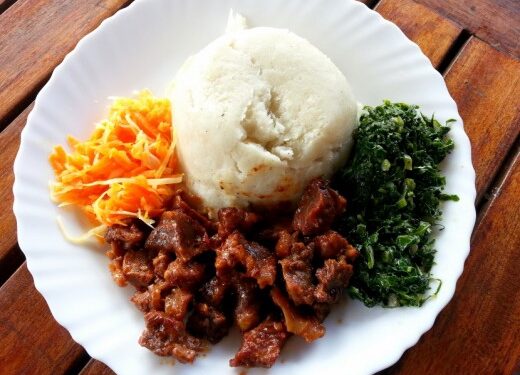
Food servings in Kenyan households have shrunk and the number of meals per day has become less frequent.
This is driven by budget squeeze as new data reveals that the current food prices are at a five year high. Citizens bear with the growing load of cash crunch in the economy.
The demand for foodstuff has reduced drastically and this can be largely attributed to the weakening purchasing power of many Kenyans. They are buying less, or in bulk but in cheaper outlets to caution from near-monthly increases.
Sellers are also complaining that stock is moving slower than normal because buyers are complaining of high prices.
Farmers similarly say while the higher prices would have provided a boom for them, it is benefiting the brokers and food processors. For instance, while the cost of maize and milk at the farm gate has declined, the cost of the same in processed form has increased.
A perfect example is milk, which some farmers sell to supermarkets at while at the supermarkets, a half a litre of processed milk is now retailing at Sh52. Ksh27 per litre. Cabbage is sold to brokers at the farm for Ksh 24 while in Nairobi, it retails at Ksh 80.
Data from the Famine Early Warning Systems Network (FEWSNET) indicates that the wholesale prices of maize in Eldoret, Mombasa, Kisumu and Nairobi are at its highest in the last five years, with a significant increase of Sh1,000 per 90kg bag in July 2019 compared the price recorded in the respective towns in July 2018. This is a five year high.
The price of rose coco beans has also significantly increased, from Sh8,000 per 90kg bag in Eldoret in July 2018 to Sh9,000 in July 2019, with Kisumu recording a bigger margin of increase Sh6,500 in July 2018 to Sh10,000 in July 2019, another five-year high.
The data shows that while the wholesale price of goats and cattle in Isiolo, Garissa and Turkana has reduced compared to last year, this has not been reflected in the consumer price of meat which has remained at last year’s level.
Data shows millions of Kenyans face various levels of food shortage, with pastoral areas requiring emergency food assistance as poor rains in most parts of Mt. Kenya region point to poor yields.
Survey and sentinel site data collected in June and July 2019 by the Kenya Food Security Steering Group indicates that food insecurity has significantly worsened since the May mid-season assessment.
About 2.6 million people are currently experiencing crisis or worse outcomes, including some households that are likely in emergency already.
Kenyan Business Feed is the top Kenyan Business Blog. We share news from Kenya and across the region. To contact us with any alert, please email us to [email protected]











